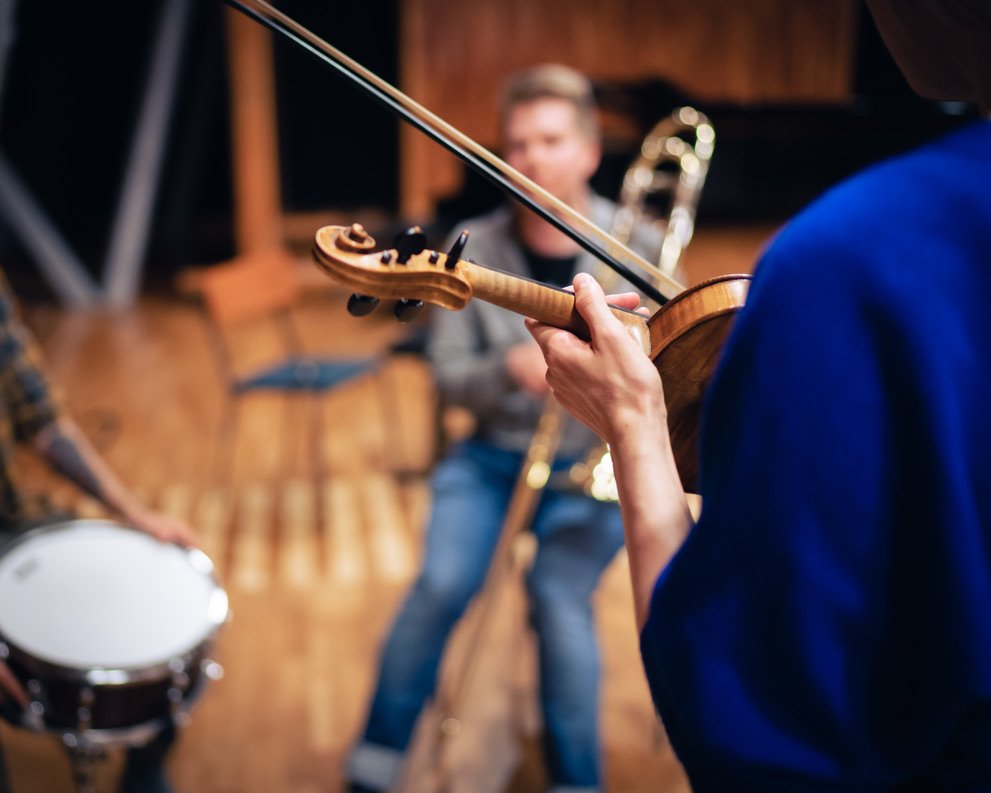improvising as classical musicians
Adding solo & ensemble improvisatory elements, such as Fantasies based on audience requests, improvising a 5-minute Rondo or including improvised Preludes, Interludes and Postludes to any repertoire, is within reach for every classically trained musician. The approach introduces step-by-step techniques for musicians to discover their own creative voice, dialoguing with repertoire through improvisatory elements, as well as direct applications of interacting with fellow performers, composers and live audiences. Founded in historically evidenced concert culture, the approach invites performers to pursue improvisation ability in the styles and formats of the Western classical canon - and to experience firsthand the electrifying moments improvisation can bring with live audiences.
Introduction to Classical Improvisation Workshop for Solo, Ensemble & Orchestra Musicians (PDF)
Johdatus Klassiseen Improvisaatioon - Työpaja soolo-, ensemble- ja orkesterimuusikoille (PDF)
examples of applications of the method:
FOR CONSERVATORIES & UNIVERSITIES
Discovering your personal, creative voice
Experiencing repertoire and composers come alive through engaging in a personal, creative dialogue with them
How to cultivate a natural performing personality and confident stage presence
Improvisation workshops intertwining study harmony, music history and theory
View from musicology of performance practice: How to build a concert program
ORCHESTRAl contexts
Exploring classical improvisation free forms and within repertoire for creative development & performance
Strengthening expressive freedom and creative play, and learning how to harness them in a controlled environment
Integrating improvised and quasi-improvised moments to performances
Improvising fermatas, cadenzas and repeats, as well as embellishing solo passages
Strengthening inter-personal relations and workplace satisfaction through emerging empathetic attitudes linked to musical improvisation
ENSEMBLES & CHAMBER MUSIC GROUPS
Re-discovering repertoire through the lens of improvisational performance practice
Sharpening ensemble skills through improvising as active listening, creative problem-solving and responding
How to embrace interaction with audiences and increase engagement
FESTIVALS & CONCERT SERIES
Introduction and inspiration to classical improvisation
Workshops and lectures
Solo and ensemble lessons for all instruments
Adding the performers’ own creative voice through improvised elements
How to use improvisation to increase audience engagement








